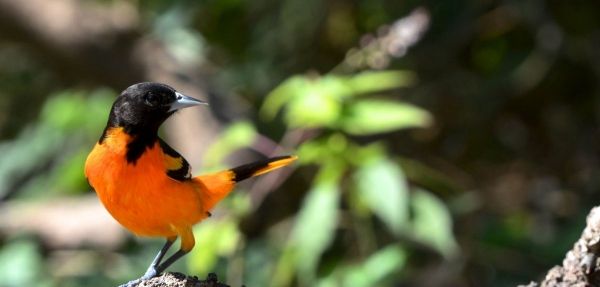Conducted in collaboration with Cornell University, the study published in the journal Science, reports that scientists can now reliably predict these waves of bird migration across the United States, up to seven days in advance. It reveals the underlying methods that power migration forecasts, which can be used as a bird conservation tool.
September is the peak of autumn bird migration, and billions of birds are winging their way south in dramatic pulses. In this study, the researchers reviewed 23 years of spring bird migration across the United States using 143 weather radars, highly sensitive sensors that scientists can use to monitor bird movements. They filtered out precipitation and trained a machine learning model to associate atmospheric conditions with levels of bird migration countrywide. Eighty percent of variation in bird migration intensity was explained by the model.
Benjamin Van Doren, a doctoral student at the University of Oxford and a Cornell University graduate, said: ‘Most of our songbirds migrate at night, and they pay close attention to the weather. Our model converts weather forecasts into bird migration forecasts for the continental United States.’
Continue reading at University of Oxford
Image via Kyle G. Horton


